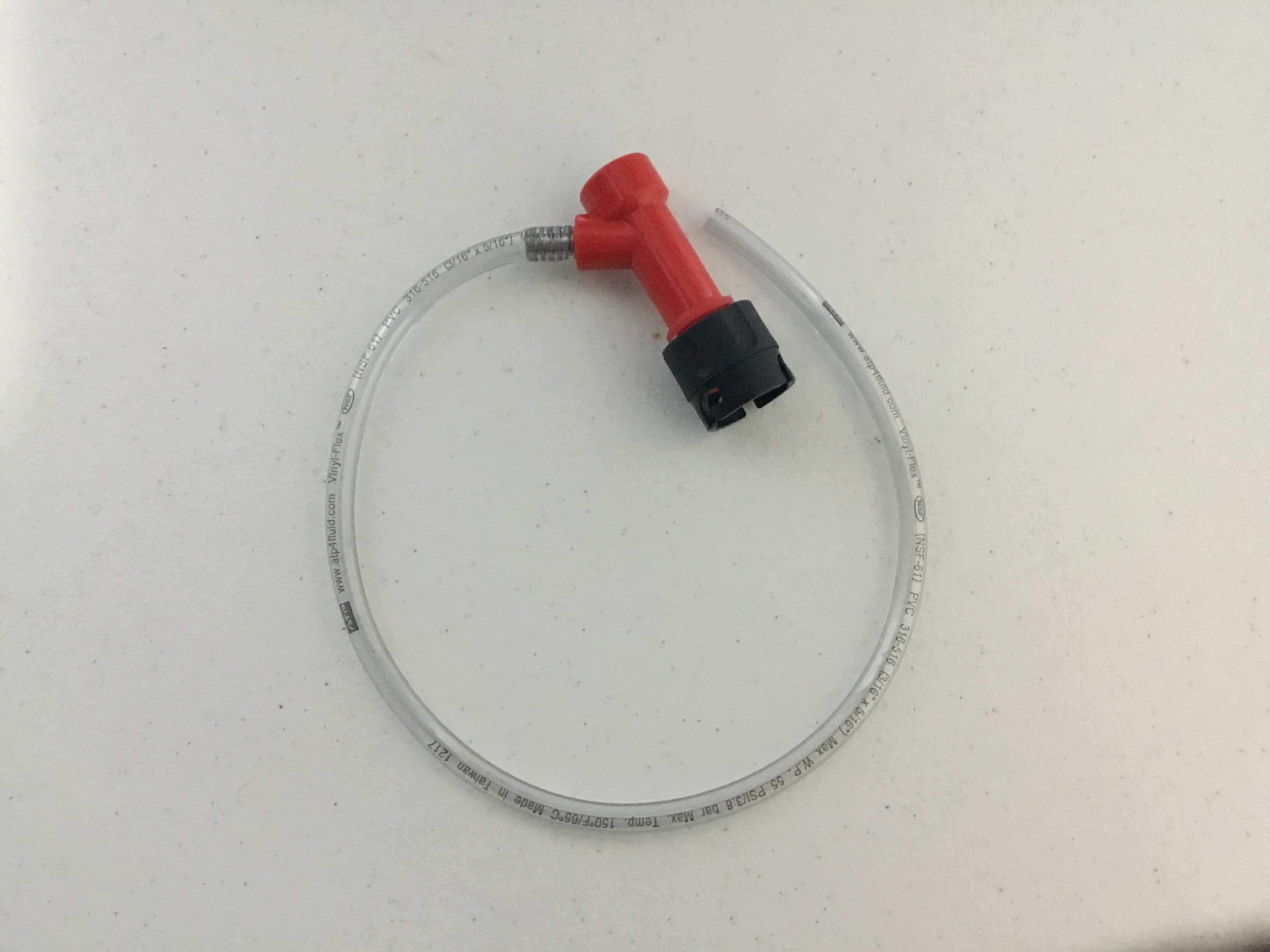NickTheGreat
Well-Known Member
- Joined
- Apr 17, 2012
- Messages
- 1,291
- Reaction score
- 531
This seems too easy. I'd rather test my gynecological skills by trying to clean a 6 gallon carboy through a 2" opening. And then getting myself all wet in the process.
Seriuosly though, I'm due for some brewing soon. Eliminating the carboys from my process would save a bit of time and a fair amount of water.
Seriuosly though, I'm due for some brewing soon. Eliminating the carboys from my process would save a bit of time and a fair amount of water.













![Craft A Brew - Safale BE-256 Yeast - Fermentis - Belgian Ale Dry Yeast - For Belgian & Strong Ales - Ingredients for Home Brewing - Beer Making Supplies - [3 Pack]](https://m.media-amazon.com/images/I/51bcKEwQmWL._SL500_.jpg)














































